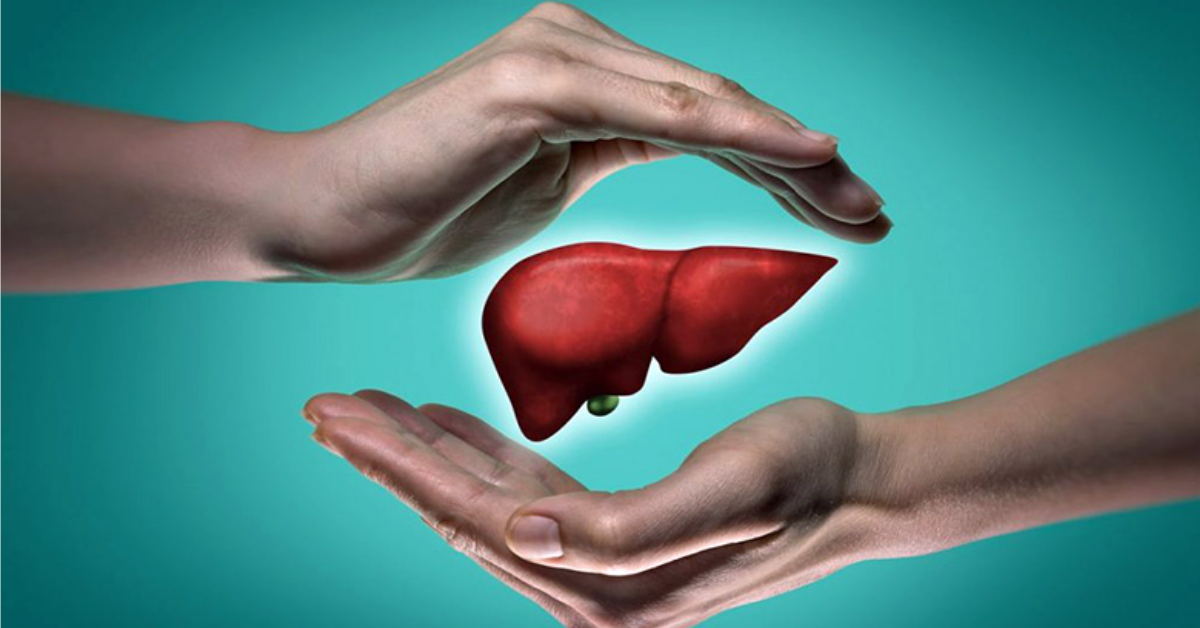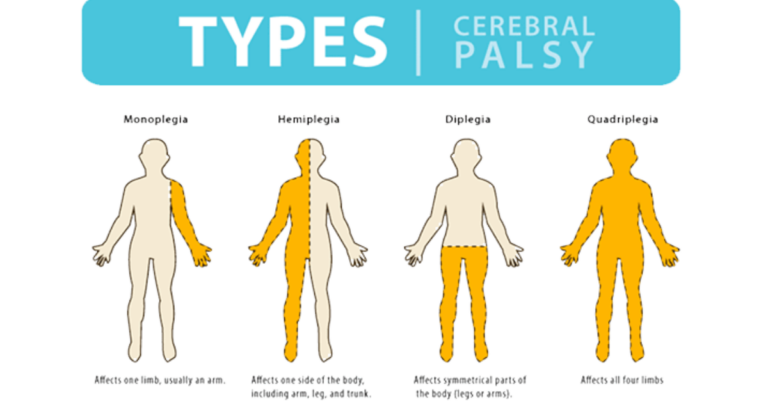Liver Cirrhosis Stem Cell Treatment in India: A Revolutionary Approach to Liver Regeneration
Liver cirrhosis is a progressive liver disease where the liver tissue becomes severely scarred and damaged, making it difficult for the organ to function properly. It is caused by various factors, including excessive alcohol consumption, viral hepatitis (especially hepatitis B and C), and non-alcoholic fatty liver disease (NAFLD). If left untreated, cirrhosis can lead to life-threatening complications, including liver failure, bleeding, and even cancer.
Historically, liver transplantation has been the primary solution for individuals with advanced cirrhosis. However, with a limited number of organ donors and high transplant costs, an increasing number of patients are now looking for alternative treatments. One such promising alternative is Liver Cirrhosis Stem Cell Treatment India a cutting-edge therapy that offers a ray of hope for those struggling with this life-altering disease.
What is Liver Cirrhosis Stem Cell Therapy?
Stem cell therapy involves the use of regenerative cells to repair or replace damaged tissue. In the case of liver cirrhosis, stem cells have the ability to regenerate liver tissue, reduce fibrosis (scarring), and improve liver function. The therapy works by administering stem cells that help promote healing, encourage tissue regeneration, and reduce the extent of liver damage.
In India, stem cell therapy has emerged as a viable and highly effective treatment for liver cirrhosis, especially for patients who cannot undergo a liver transplant due to medical or financial reasons. The procedure is non-invasive, minimally painful, and can provide significant improvement in liver function.
How Does Stem Cell Therapy Help in Liver Cirrhosis?
Stem cell therapy for liver cirrhosis is based on the ability of stem cells to regenerate damaged organs. Here’s how stem cells work in the treatment of cirrhosis:
1. Regeneration of Liver Tissue
The liver has a remarkable capacity for regeneration, but when cirrhosis occurs, this process is hampered due to extensive scar tissue formation. Stem cells, especially mesenchymal stem cells (MSCs), are known to possess regenerative properties and can develop into liver cells (hepatocytes). These stem cells help replace the damaged liver tissue with new, healthy cells, promoting overall healing.
2. Reduction of Fibrosis (Scar Tissue)
Fibrosis, or scarring of the liver, is one of the most damaging aspects of cirrhosis. Stem cells not only regenerate healthy liver cells but also help break down the scar tissue, improving the liver’s flexibility and functionality. The reduction in fibrosis can help alleviate many of the symptoms associated with cirrhosis, such as fluid retention, jaundice, and fatigue.
3. Improvement of Liver Function
As the liver regenerates through stem cell therapy, its overall functionality improves. The liver begins to detoxify the body more efficiently, produce essential proteins, and maintain a proper balance of fluids and electrolytes. Over time, patients may notice improvements in energy levels, digestion, and overall well-being.
4. Anti-inflammatory Effects
Stem cells are known for their anti-inflammatory properties, which can be crucial in managing liver cirrhosis. Chronic inflammation in the liver is a major cause of liver damage. By reducing inflammation, stem cells can help slow the progression of cirrhosis and prevent further liver deterioration.
Benefits of Choosing Stem Cell Therapy for Liver Cirrhosis in India
India has become a global hub for Liver Cirrhosis Stem Cell Treatment due to several key advantages:
1. Affordable Treatment Costs
One of the primary reasons why patients seek treatment in India is the affordability of stem cell therapy compared to Western countries. The cost of treatment in India is significantly lower, making it an attractive option for international patients. Despite the lower costs, the quality of care remains at par with international standards.
2. Advanced Medical Technology
India is home to some of the best medical institutions in the world, equipped with the latest advancements in stem cell technology. Many hospitals and clinics specializing in regenerative medicine use cutting-edge equipment and techniques to ensure optimal results for patients.
3. Experienced Medical Professionals
India boasts a large number of highly qualified and experienced doctors who specialize in liver diseases and stem cell therapy. These professionals are skilled in the latest treatments and are well-versed in managing complex liver conditions, ensuring the best possible care for patients.
4. Minimally Invasive Treatment
Unlike liver transplantation, which involves major surgery, stem cell therapy is minimally invasive. The stem cells are typically administered through an intravenous (IV) infusion, allowing for faster recovery times. There is also a reduced risk of complications compared to traditional surgical procedures.
5. High Success Rates
Stem cell therapy for liver cirrhosis in India has demonstrated impressive success rates. Many patients report significant improvements in liver function and overall quality of life after undergoing treatment. With ongoing advancements in regenerative medicine, the success rates of stem cell therapies continue to rise.
The Stem Cell Treatment Process in India
The stem cell treatment process for liver cirrhosis in India is a well-structured approach, typically involving the following steps:
1. Consultation and Initial Evaluation
Before undergoing treatment, patients undergo a comprehensive evaluation by a hepatologist or stem cell specialist. This evaluation includes a detailed medical history, physical examination, blood tests, and imaging studies (like ultrasounds or CT scans) to assess the severity of cirrhosis.
2. Stem Cell Harvesting
Stem cells for liver cirrhosis treatment are often sourced from the patient’s own body. This is called autologous stem cell therapy, which minimizes the risk of rejection. The two primary sources of stem cells are:
Bone Marrow: Mesenchymal stem cells (MSCs) are harvested from the bone marrow, a rich source of regenerative cells.
Adipose Tissue: Fat tissue is another viable source for obtaining stem cells, using a process similar to liposuction.
In some cases, stem cells from umbilical cord tissue may be used.
3. Stem Cell Cultivation and Processing
Once harvested, the stem cells are processed in a laboratory to ensure their quality and number. The cells are then multiplied and prepared for infusion into the patient’s bloodstream.
4. Stem Cell Administration
The stem cells are administered via an intravenous (IV) infusion, allowing them to reach the liver through the bloodstream. In certain cases, the cells may also be injected directly into the liver. Once in the liver, the stem cells begin their regenerative work by promoting tissue repair and reducing scarring.
5. Post-Treatment Monitoring
After the treatment, patients are monitored closely to assess their recovery and improvements in liver function. Regular follow-up visits are scheduled to track progress, and additional therapies may be administered if needed.
FAQs (Frequently Asked Questions)
1. What is the success rate of stem cell treatment for liver cirrhosis in India?
The success rate of Liver Cirrhosis Stem Cell Treatment in India depends on several factors, including the stage of cirrhosis, the patient’s age, and overall health. However, many patients experience significant improvements in liver function, reduced fibrosis, and enhanced quality of life.
2. Is stem cell therapy safe for liver cirrhosis patients?
Yes, stem cell therapy for liver cirrhosis is generally considered safe, especially when performed by experienced medical professionals. The use of autologous stem cells significantly reduces the risk of complications.
3. How long does it take to see results from stem cell treatment?
Patients may start to notice improvements within 3 to 6 months after undergoing stem cell therapy. Full regenerative effects may take up to 12 months to be fully realized.







